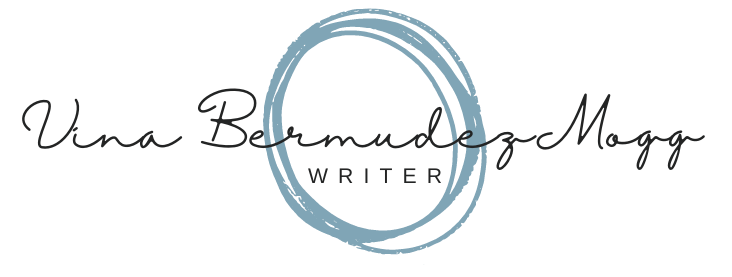Sea glass: Broken Pieces
My friend told me the story of sea glass: That true sea glass has rounded edges and pieces like bottle tops and bottoms are most rare, as are the colors blue and aqua. And in a piece of true sea glass the original color remains the same, only gilded by a polished coat from the sea .A myth about sea glass Is to return the broken pieces not yet polished back to the sea as you make a wish.
This is a journal entry from seven years ago, the day I first discovered sea glass off a remote shore on Kodiak Island. It’s strange I would have to go so far to discover something that was near my backyard in Steilacoom, Washington. As an adult we do that. Uncover things we fall in love with that had always been there. We just didn’t see it before.
It was like that with sea glass.There was a beach I rode my bike to daily as a teenager where sea glass treasures lay waiting to be uncovered under the pebbly shores of Puget Sound. I was distracted by other things at the time, like boys and music and popularity games.
Life was quiet years later on that remote island in Kodiak. That is why I could see.I first uncovered sea glass…broken bottles, shards in brown, blue, green and white….when a tiny glint of aqua blue caught my eye beneath the rubble of the shore..In these quiet times.When we are forced to be still, silent, and separated on isolated shores. Our eyes adjust to seeing things in ways unseen before.
The old rusty lanterns I was ready to toss into the giveaway box are gathered on the edge of the back porch to light the quiet homemade dinners my husband and I share together each evening.
My husband goes through an old junk drawer and finds scattered remnants of our 38-year marriage: the invoice from our first “real” furniture, an envelope with bits of our son’s first haircut, our daughters first letter from summer camp, my oldest son’s first Sea World pass. Collected junk. Treasures to me.
Only a few months ago I browsed through the aisle of a local flea market, scouting for treasure with two dear friends. What is treasure to one is junk to another.
I find an old marine lantern from Italy, perhaps used in WWII. I use it to light a candle on my writing table.
I find a frame crafted from a tin ceiling from an old store in Georgia. I use it for a sketch from my favorite watercolor teacher, Janet Rogers, gave to me our workshop in France a few years ago. To me this practice piece is priceless in this frame.
I noticed the sheen of his aqua, frosted glass beads, past the bins of wooden trinkets and carvings. “Tell me the story of these beads,” I asked the vendor. He told me how the children in Senegal would find sea glass on the beach. The villagers would melt the glass down to form these beads of different sizes, The beads are slightly rough to the touch. I run my fingers across the different sizes of beads hung together on a string. I imagine the children searching for treasures in the sand, and their exclamations as they accumulate more and more into their hands.
Here on the other side of the world, we have been forced to choose what is clutter and what is treasure. The chaos of schedule, of consumerism, of success has been shattered in a few short weeks. Now we may be on more of an equal playing ground with the children on the beach in Senegal, where their treasures are a good story, a great laugh, a voice in song, and family around a simple meal.
During this time of isolation, we sift through the corners of closets and hidden drawers of our minds and homes, we discern what is treasure and what is clutter. What has been need and what has been want. So much distraction. So much clutter keeps us from seeing treasure right before our eyes.
The broken pieces that we find, like sea glass, tumbled in the waves over time, will become more transparent. Will reveal light in a new way. And we can toss the pieces not yet polished back into the sea and make a wish.







